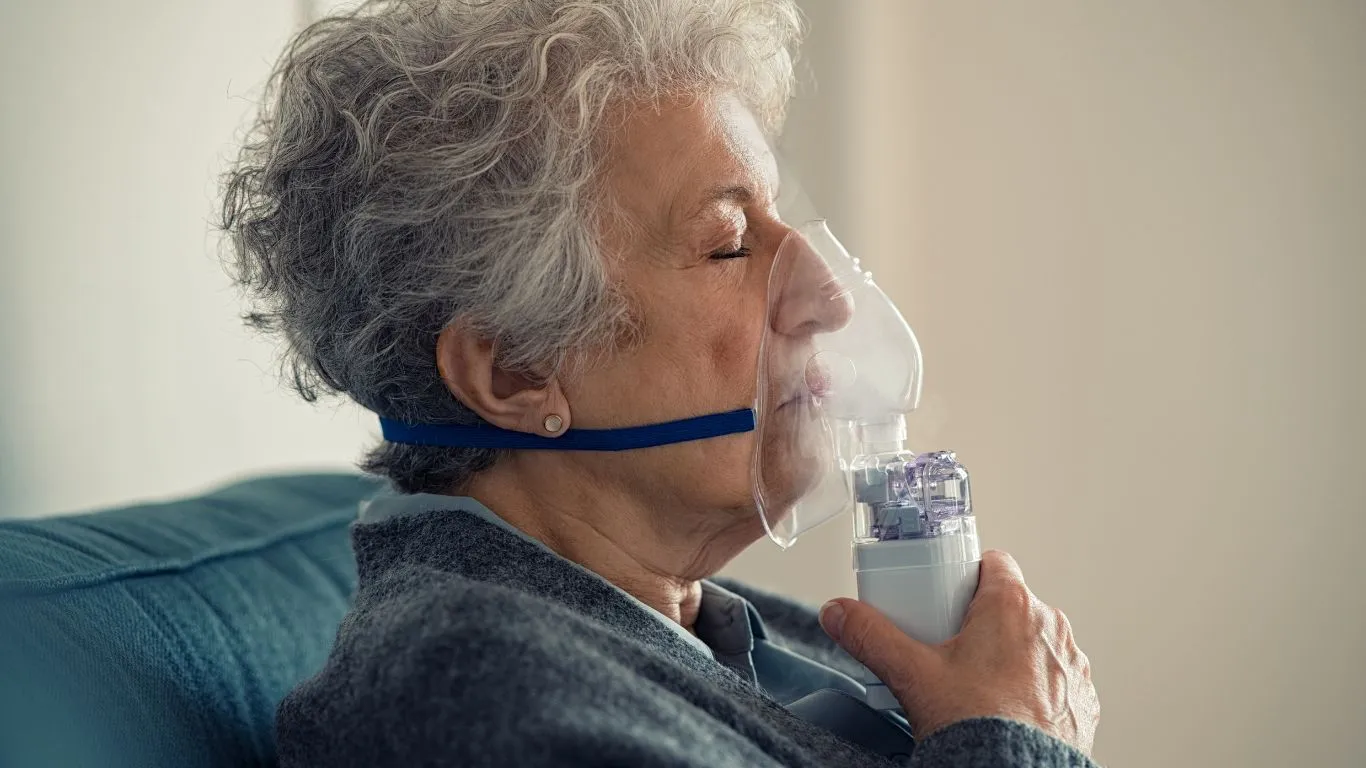How to Identify Asthma Flare-Ups Early: A Guide for Better Management
Struggling to catch your asthma flare-ups early? Here’s everything you need to know to identify the signs and manage your asthma effectively!
If you or someone you care about has asthma, you know how important it is to stay on top of symptoms and recognize when things are getting worse. Asthma flare-ups, also known as exacerbations, can be scary, but catching them early can make all the difference. By staying vigilant, you can help reduce the severity and get things under control quickly.

Before diving into how to spot an asthma flare-up, let’s quickly go over what one is. An asthma flare-up happens when your asthma symptoms get worse than usual. This might include increased wheezing, coughing, shortness of breath, or tightness in the chest. When this happens, you might need to adjust your treatment to get things back under control.
For those with asthma, this can be a regular part of managing the condition. But when symptoms escalate unexpectedly, it’s essential to act quickly. The earlier you spot a flare-up, the quicker you can take action to prevent it from getting worse.
Signs and Symptoms of an Asthma Flare-Up
Here’s how to recognize the early warning signs of an asthma flare-up:
1. Increased Coughing
If you start coughing more than usual, especially at night or early in the morning, it could be a sign that your asthma is acting up. Coughing is one of the body’s ways of signaling that your airways are becoming inflamed.

2. Wheezing or Whistling Sound While Breathing
Wheezing happens when your airways tighten, and air moves through them less easily. If you notice a wheezing sound, especially when exhaling, it’s time to check your asthma management plan.
3. Shortness of Breath
Feeling out of breath when you usually wouldn’t is another classic sign of an asthma flare-up. If you’re feeling breathless after a normal activity or it takes longer than usual to catch your breath, that could mean your asthma needs attention.
4. Chest Tightness
Chest tightness can feel like a heavy weight on your chest, making it hard to breathe. It’s a common symptom of asthma exacerbations, and you should treat it quickly to avoid escalation.

5. Increased Use of Rescue Inhaler
If you find yourself reaching for your rescue inhaler more often than normal, it’s a clear sign that your asthma is acting up. Frequent use of this medication is usually a response to symptoms like wheezing or breathlessness, signaling that your asthma might be in a flare-up.
How to Respond to Early Signs of a Flare-Up
Knowing the signs is one thing, but how do you respond when you notice them? Here are a few steps you can take if you think a flare-up is coming on:
1. Use Your Quick-Relief Medication
If you have a rescue inhaler or quick-relief medication prescribed by your doctor, use it as directed. These medications help to relax the muscles around your airways, allowing them to open up again.
2. Monitor Symptoms
Keep track of your symptoms. A symptom diary can help you notice any patterns and will be helpful when speaking with your healthcare provider. If your symptoms persist or worsen despite medication, it’s time to reach out to your doctor.

How to Prevent Asthma Flare-Ups
Prevention is always better than treatment, and with asthma, that’s no different. Here’s how you can help reduce the chances of a flare-up:
1. Stick to Your Treatment Plan
Follow your prescribed medication plan regularly, even when you’re feeling fine. Controller medications, such as inhaled corticosteroids, help prevent flare-ups by reducing inflammation in the airways over time.
2. Keep Track of Peak Flow
Peak flow meters measure how fast you can exhale air. Regularly tracking your peak flow readings can help you spot a flare-up before you feel symptoms. If your readings dip below your personal best, it’s a sign that you may need to adjust your treatment.
3. Stay Active and Healthy
Exercise, a healthy diet, and good sleep all contribute to managing asthma better. Staying in shape can help you breathe easier, and avoiding weight gain can reduce the strain on your lungs.
4. Stay Informed About Your Triggers
Learn what sets off your asthma and take steps to avoid those triggers. Common triggers include allergens like dust, pollution, cold air, and even stress. Knowing what affects you will help you prevent flare-ups in the first place.
How to Identify Asthma Flare-Ups Early: The E-E-A-T Approach
For effective management, recognizing asthma flare-ups early is critical, and this approach is rooted in the E-E-A-T principles: Experience, Expertise, Authority, and Trust.
Experience
Your personal experience with asthma is invaluable. If you’ve lived with asthma for a while, you likely know your body’s signals better than anyone. Paying attention to how your symptoms feel in the early stages and noticing any changes can help you identify flare-ups before they worsen.
Expertise
Always consult a healthcare professional for asthma management. A doctor or respiratory therapist can guide you on the best ways to monitor your symptoms and adjust treatment. Their expert advice is essential when managing asthma flare-ups.
Authority
Trust information from credible sources. Asthma organizations and medical institutions provide reliable and up-to-date advice on recognizing and managing flare-ups. Look for websites like the American Lung Association or the Asthma and Allergy Foundation for authoritative guidance.
Trust
The relationship with your doctor or asthma care team should be built on trust. Open communication and regular check-ups allow you to adjust your asthma action plan when needed. Always trust your medical team to help you stay on top of your asthma.
Appendices
References
- American Lung Association. (2024). Asthma Symptoms and Triggers. Read Article
- National Asthma Education and Prevention Program. (2023). Managing Asthma: Guidelines for the Primary Care Physician. Read Article
- Asthma and Allergy Foundation of America. (2024). Asthma Flare-Ups: How to Prevent Them. Read Article
FAQs
- What are the early signs of an asthma flare-up? Early signs include increased coughing, wheezing, shortness of breath, chest tightness, and frequent use of a rescue inhaler.
- Can asthma flare-ups be prevented? Yes, by sticking to your treatment plan, avoiding triggers, and monitoring your symptoms regularly.
- When should I see a doctor for an asthma flare-up? If your symptoms persist despite using your rescue inhaler, or if your peak flow readings drop significantly, it’s time to contact your healthcare provider.
Disclaimer
The information in this article is for educational purposes only and does not substitute for professional medical advice. Always consult your healthcare provider before making any changes to your asthma management plan.

Bianca Nala is a compassionate Nurse Practitioner with a strong background in primary and respiratory care. As a health writer for Healthusias.com, she combines her clinical expertise with a talent for clear, relatable storytelling to help readers better understand their health. Bianca focuses on topics like asthma, COPD, chronic cough, and overall lung health, aiming to simplify complex medical topics without losing accuracy. Whether she’s treating patients or writing articles, Bianca is driven by a single goal: making quality healthcare knowledge accessible to everyone.






